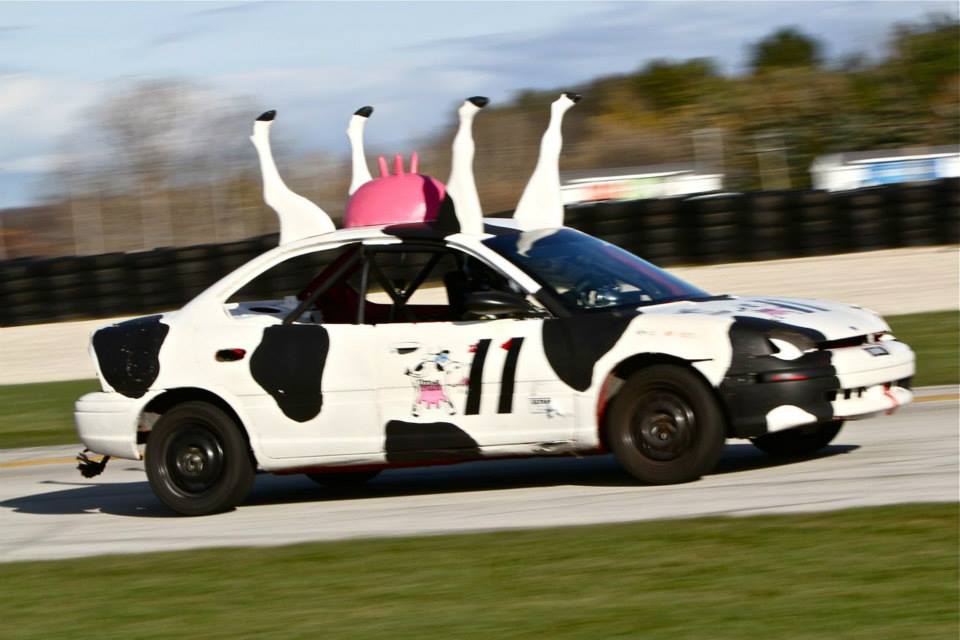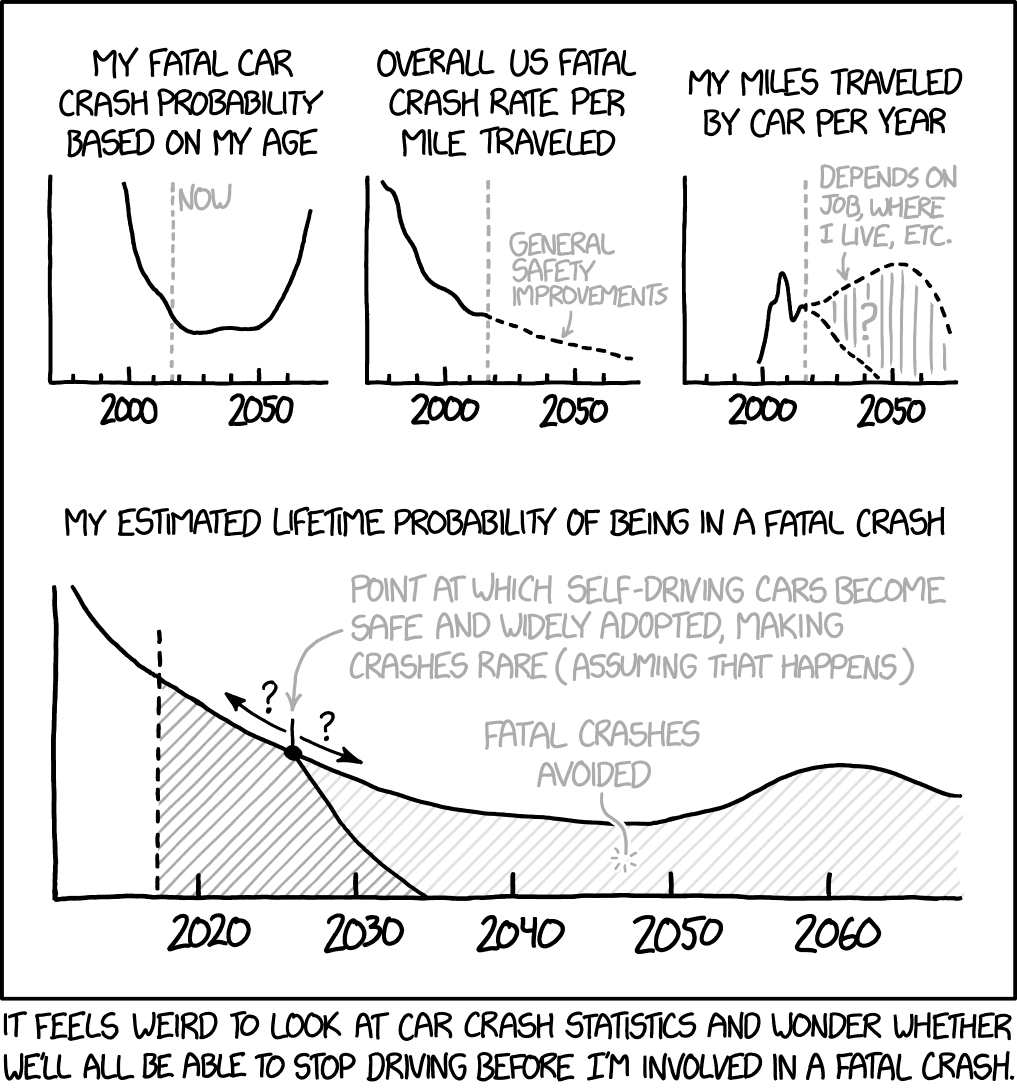SMAlset
Well-Known Member
@Spidy posted a video of the car's front dashcam and camera on the safety driver in the other thread. Says it all. Watch it directly on YouTube to stop mid frame.
Any details on headline - Arizona pedestrian is killed by Uber self-driving car
Any details on headline - Arizona pedestrian is killed by Uber self-driving car
Last edited:





